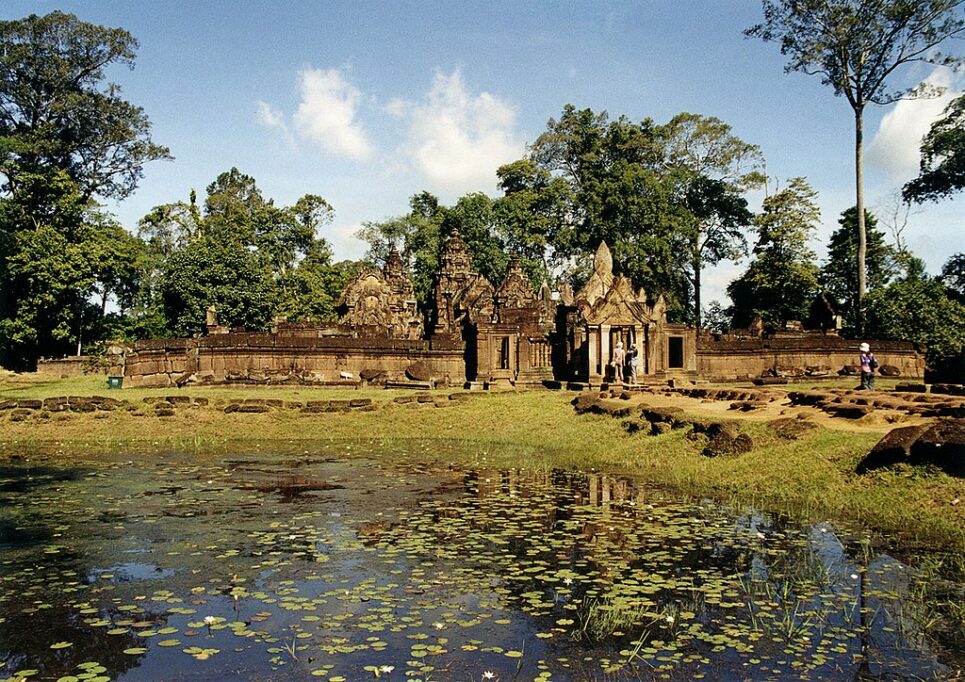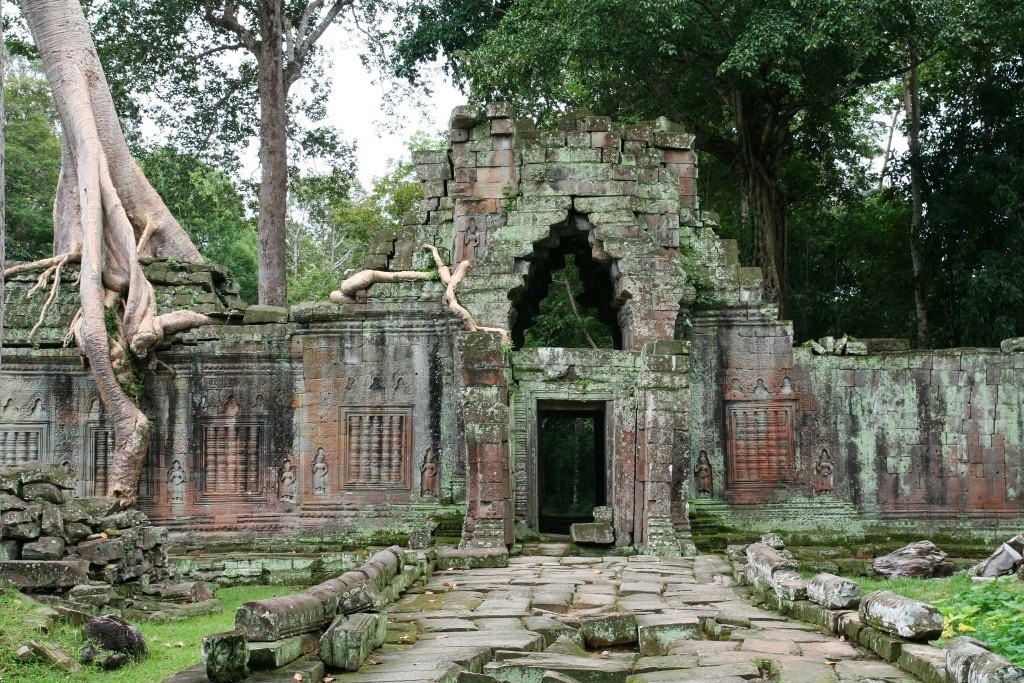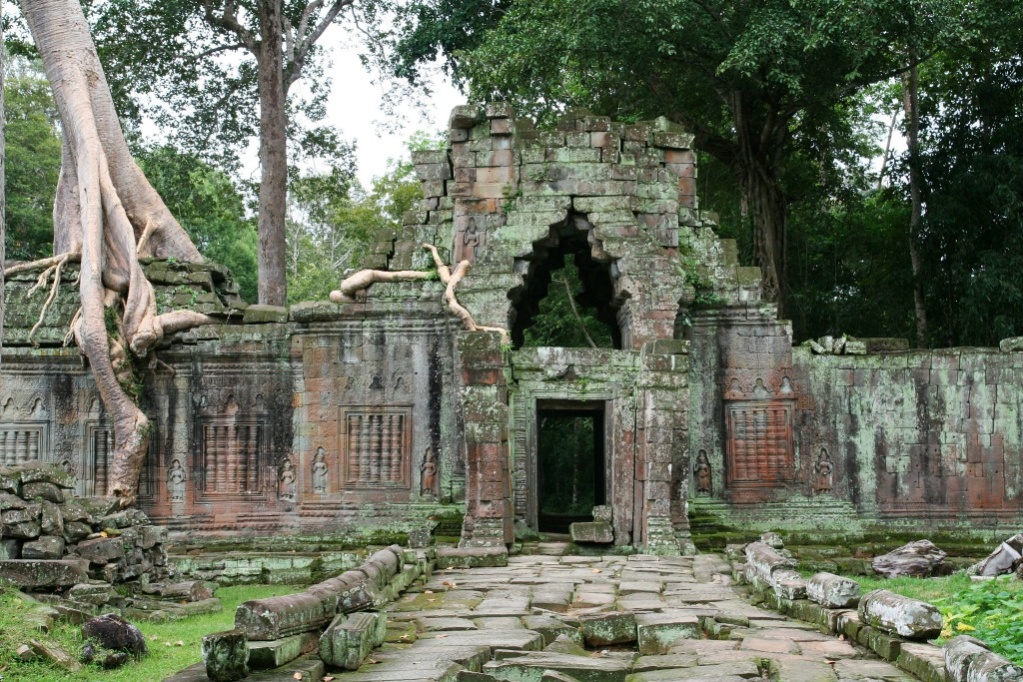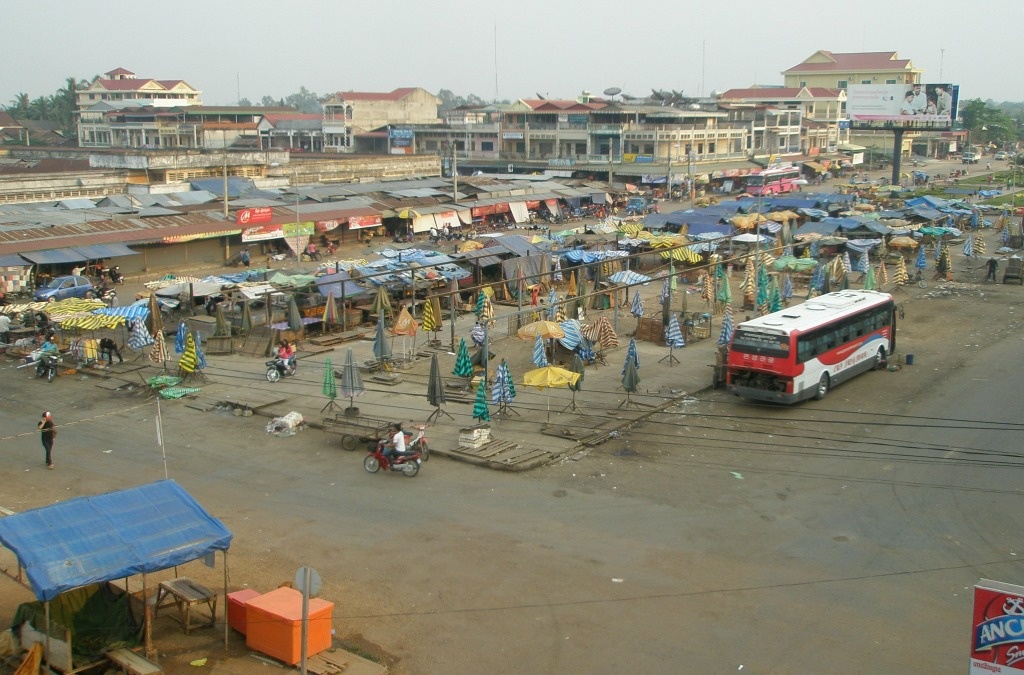CAMBODIA
TRAVEL GUIDE
Explore the enchanting allure of Cambodia with our comprehensive Cambodia Travel Guide. From the ancient wonders of Angkor Wat to the bustling markets of Phnom Penh, uncover the rich history, vibrant culture, and breathtaking landscapes of this Southeast Asian gem. Whether you seek temple-hopping adventures or serene river cruises, our guide offers essential tips and insights to ensure an unforgettable journey through Cambodia’s diverse tapestry of experience
Need To Know: How To Travel To Cambodia
Travel to Cambodia for its rich history, vibrant culture, and stunning landscapes. Explore ancient temples like Angkor Wat, reflect on its poignant past at the Killing Fields, and experience the warmth of its people. With beautiful beaches, bustling markets, and delicious cuisine, Cambodia offers a truly unforgettable adventure.
Yes, most travelers need a visa to enter Cambodia. Citizens of many countries can obtain a visa on arrival at international airports or land borders, while others may need to apply for an e-visa online beforehand. Check the specific visa requirements for your nationality before traveling.
The currency of Cambodia is the Cambodian Riel (KHR). However, the US Dollar (USD) is widely accepted and commonly used for most transactions, especially in urban areas and tourist destinations. Many businesses price goods in both Riel and Dollars, with small purchases often made in Riel.
Yes, Cambodia is generally considered an affordable destination for travelers. Accommodation, food, and transportation are inexpensive, especially compared to other Southeast Asian countries. Street food and local eateries offer delicious meals at low prices, while budget accommodations and affordable public transport options make it easy to explore on a budget.
Cambodia is generally safe for travelers, with low crime rates in tourist areas. However, it’s important to stay vigilant against petty theft, particularly in busy markets or crowded places. Always follow local customs, avoid risky areas at night, and take precautions with food and water to ensure a safe trip.
It’s not recommended to drink tap water in Cambodia. Stick to bottled or filtered water to avoid potential stomach issues. Most hotels and restaurants provide safe drinking water, and you can easily find bottled water throughout the country. Always check the seal before purchasing bottled water.
Cambodian cuisine is diverse, featuring dishes like amok (steamed fish in coconut milk), bai sach chrouk (pork and rice), and lok lak (stir-fried beef). Popular ingredients include rice, noodles, herbs, and fish sauce. Street food, such as num banh chok (rice noodles with green curry), is also beloved.
Cambodia Snapshot: How To Travel To Cambodia
Cambodia Travel Guide: Your Ultimate How to Travel to Cambodia Resource
Getting Started: How to Travel to Cambodia
When planning your journey to Cambodia, it’s essential to understand the best ways to get there and what to prepare for. Cambodia Travel Guide offers all the information you need to ensure a smooth entry into the country. The most common way to travel to Cambodia is by air, with Phnom Penh International Airport and Siem Reap International Airport serving as the main gateways. Airlines from major cities around the world offer direct flights to these airports, making it convenient for international travelers.
If you’re wondering how to travel to Cambodia from neighboring countries, overland routes are also available. You can cross into Cambodia from Thailand, Vietnam, and Laos via several border checkpoints. However, it’s crucial to have your travel documents in order, including a valid passport and a Cambodian visa, which can be obtained online or upon arrival.
The Cambodia Travel Guide emphasizes the importance of understanding the visa requirements and entry regulations. Depending on your nationality, you may be eligible for a visa-free entry, a visa on arrival, or an e-visa. Researching the visa process in advance will save you time and hassle when you arrive in Cambodia. Additionally, familiarizing yourself with Cambodia’s local customs and etiquette will enhance your travel experience, helping you to navigate the cultural landscape with respect and ease.
Exploring the Best Destinations: A Comprehensive Cambodia Travel Guide
Cambodia is a land of rich history and breathtaking landscapes, offering a diverse range of destinations to explore. From the ancient temples of Angkor Wat to the bustling streets of Phnom Penh, Cambodia Travel Guide is here to help you discover the must-see spots. Angkor Wat, located near Siem Reap, is undoubtedly the crown jewel of Cambodia’s attractions. This UNESCO World Heritage Site is one of the largest religious monuments in the world and a testament to the ingenuity of the Khmer Empire.
When considering how to travel to Cambodia’s top destinations, it’s worth noting that domestic flights, buses, and private tours are available to help you get around. Siem Reap is easily accessible from Phnom Penh, and many travelers choose to fly between the two cities for convenience. However, taking a bus or a private car will allow you to experience Cambodia’s countryside and connect with smaller towns along the way.
The Cambodia Travel Guide also highlights other must-visit locations, such as the coastal town of Sihanoukville, known for its beautiful beaches and vibrant nightlife, and Battambang, famous for its well-preserved colonial architecture and artistic scene. No matter where you go, Cambodia’s warm hospitality and rich cultural heritage will leave a lasting impression.
Practical Tips for Travelers: How to Travel to Cambodia Safely and Efficiently
Safety and efficiency are key when planning your trip, and the Cambodia Travel Guide offers essential tips on how to travel to Cambodia without any hiccups. One of the first things to consider is the best time to visit. Cambodia experiences a tropical climate, with the dry season from November to April being the most popular time for tourists. During this period, you’ll enjoy pleasant weather, making it ideal for sightseeing and outdoor activities.
Another crucial aspect of your Cambodia Travel Guide is understanding the local currency and budget considerations. The Cambodian Riel (KHR) is the official currency, but the US dollar is widely accepted throughout the country. It’s advisable to carry small denominations of both currencies for convenience. ATMs are available in major cities, but it’s wise to have cash on hand, especially when traveling to remote areas.
Health and safety are also top priorities when considering how to travel to Cambodia. It’s recommended to get vaccinations for common travel-related diseases such as hepatitis A, typhoid, and tetanus before your trip. Additionally, purchasing travel insurance that covers medical emergencies, theft, and trip cancellations will provide peace of mind during your journey. The Cambodia Travel Guide emphasizes the importance of staying hydrated and protecting yourself from mosquito bites, especially in rural areas.
Immersing Yourself in the Culture: A Cultural Cambodia Travel Guide
Understanding the local culture is a vital part of the Cambodia Travel Guide. When planning how to travel to Cambodia, it’s important to learn about the country’s rich traditions, religions, and customs. Buddhism plays a significant role in Cambodian society, with many locals practicing Theravada Buddhism. Visiting temples requires appropriate attire—covering your shoulders and knees—as a sign of respect.
Learning a few basic phrases in Khmer, the official language, will go a long way in enhancing your travel experience. Simple greetings like “Sous-dey” (Hello) and “Arkun” (Thank you) will be appreciated by locals and can help break the ice. Additionally, being aware of social norms, such as not touching someone’s head or pointing with your feet, will help you avoid cultural misunderstandings.
The Cambodia Travel Guide also suggests exploring local markets to immerse yourself in the country’s culinary delights. Cambodian cuisine, known as Khmer cuisine, offers a variety of flavors, with dishes like Amok (a coconut milk curry) and Bai Sach Chrouk (grilled pork with rice) being popular choices. Street food is also a big part of the local culture, providing an authentic taste of Cambodia’s food scene.
Conclusion: How to Travel to Cambodia with Confidence
This Cambodia Travel Guide has provided a comprehensive overview of how to travel to Cambodia, including tips on getting there, exploring top destinations, staying safe, and immersing yourself in the local culture. Whether you’re a first-time visitor or a seasoned traveler, Cambodia offers something for everyone, from its stunning landscapes and historical sites to its warm and welcoming people.
By following the advice in this Cambodia Travel Guide, you’ll be well-prepared for your journey, allowing you to fully enjoy the beauty and charm of this incredible country. Remember to plan ahead, respect local customs, and stay open to new experiences—Cambodia will reward you with memories that will last a lifetime.





